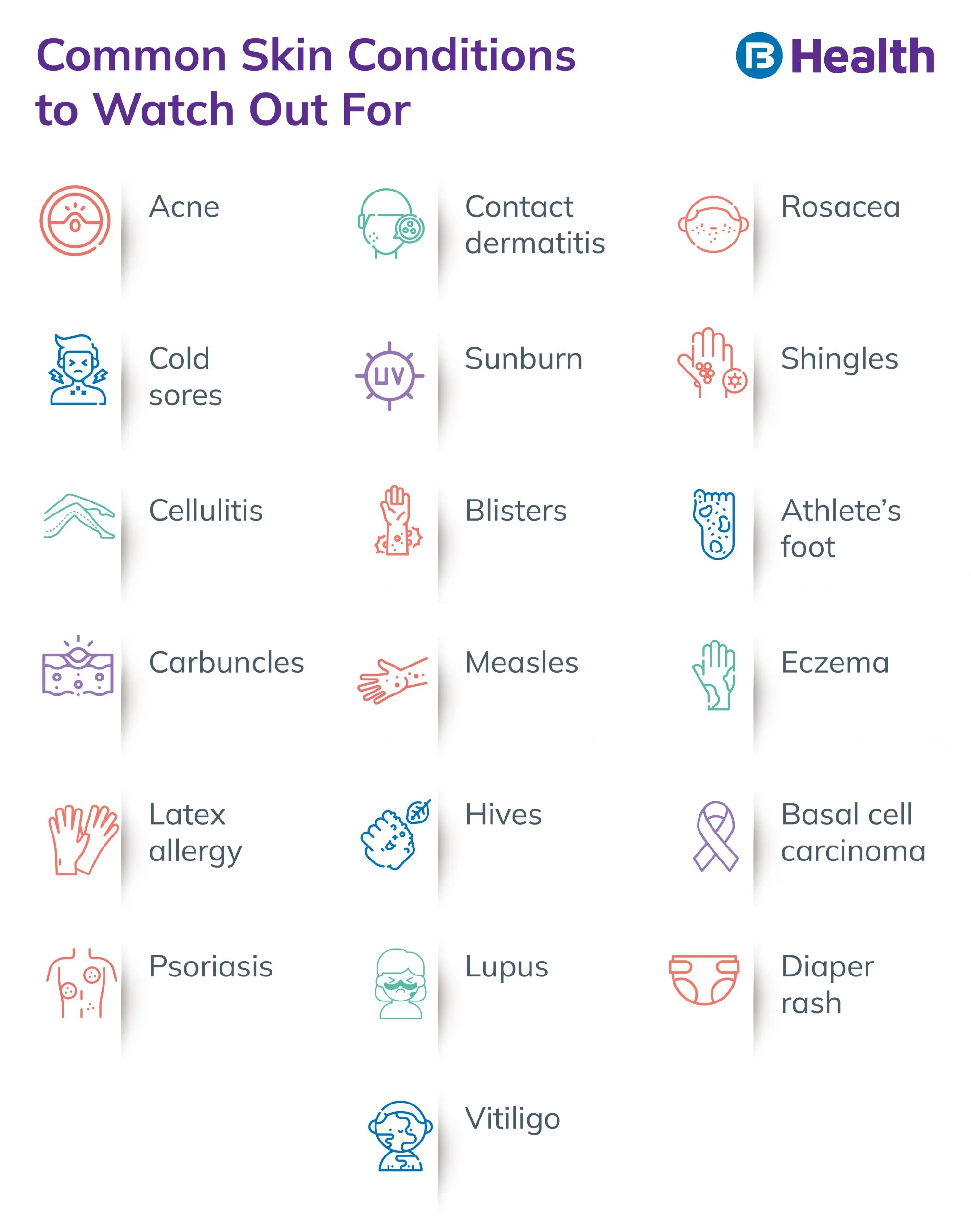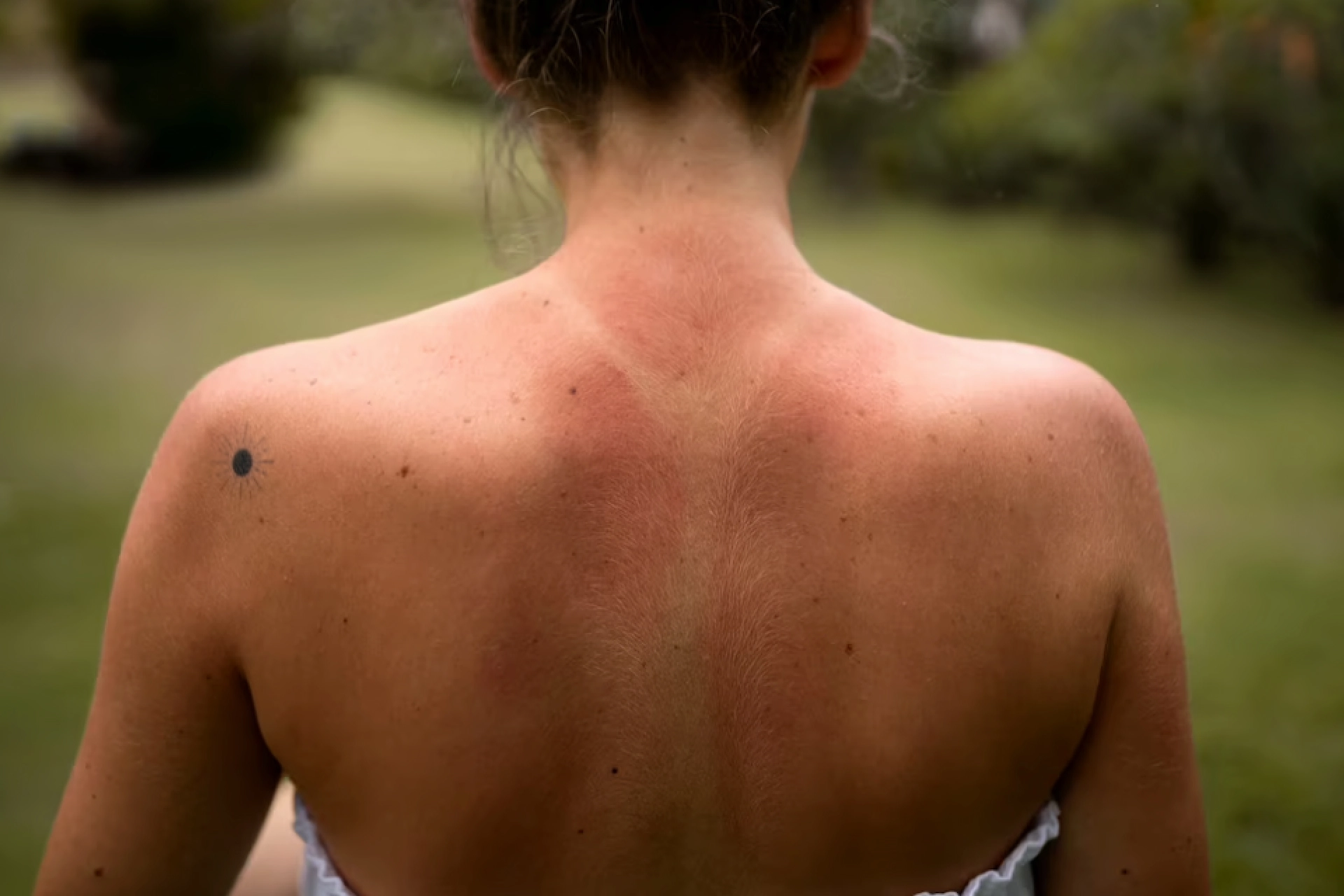Physical Medicine and Rehabilitation | 5 min read
What is Keratosis Pilaris: Causes, Symptoms, and Treatment
Medically reviewed by
Table of Content
Synopsis
Keratosis pilaris is a common skin condition, which leads to the formation of small bumps and dry patches on your skin. Read to learn about keratosis pilaris risk factors such as asthma & obesity.
Key Takeaways
- Keratosis pilaris is not dangerous; in fact it is quite commonplace
- Buildup of keratin is one of the keratosis pilaris causes
- Keratosis pilaris treatment includes medicated lotions and OTC creams
Keratosis pilaris is a common skin condition that leads to the formation of small bumps and dry patches on your skin. These are especially visible on your arms, legs, or bottom. With keratosis, the pilaris face may also be affected. This harmless condition does not cause any itching or burning sensation and is not something alarming. If you have this condition, your skin may feel like sandpaper.
In usual cases, keratosis pilaris treatment is not required as the condition fades on its own by the age of 30. However, there are certain ways you can treat the symptoms if the bumps irritate you. Read on to know about keratosis pilaris causes and symptoms, along with diagnosis and treatment of the condition.
Keratosis Pilaris Causes
This skin condition is quite common among children and young adults, and it becomes more visible during puberty. Usually, the condition is caused by a buildup of keratin. This is the protein that guards your skin against infections and irritants. The extra secretion of the protein leads to the formation of a plug that blocks the pores of the hair follicle.
Doctors are yet to find out why this condition affects only a few people and not others. If you have a family history of having this disease, there is a high chance of you having this condition. Apart from that, having a history of the following conditions may make you prone to keratosis pilaris:
- Diabetes
- Obesity
- Crushing's syndrome
- Hypothyroidism
- Other skin disorders such as ichthyosis Vulgaris and eczema
- Asthma
- Fair skin

Signs of Keratosis Pilaris
Though the condition can occur at any age, keratosis pilaris is more common in children. Here are the common signs of the condition:
- Dry and rough skin in your arms, legs, face, or buttocks
- The appearance of small, painless bumps in the affected area
- The skin affected by keratosis pilaris feels like sandpaper
- The skin condition becomes worse when exposed to low temperature and low humidity
It is important to remember that all these symptoms may also indicate other skin conditions like eczema, itchy and dry skin, psoriasis, fungal infections, and allergies. So, do consult your doctor before reaching any conclusion about the symptoms. Don't start any keratosis pilaris treatment until the doctors diagnose it.
Additional Read: Fungal Skin InfectionsDiagnose Keratosis Pilaris
Doctors diagnose keratosis pilaris by simply conducting a physical examination to check whether your skin has any rough patches or bumps [1]. As the condition can be identified just by observing, no medical tests are required unless related to some other skin or health conditions.
Doctors can determine the condition by looking at the location of the bumps and their characteristics. They will especially examine your forearms, thighs, buttocks, and face and see whether dry, rough, discolored bumps are present there. If your doctor is not sure about your condition, they may recommend an allergy test or a biopsy to reach the correct diagnosis. Only then should you start the keratosis pilaris treatment.

Keratosis Pilaris Treatment Procedures
This is not dangerous, and it is unlikely to develop into a serious condition, so keratosis pilaris treatment is not that essential. In most cases, the bumps get dissolved on their own or gradually reduced to a minimal amount. In some people, you may notice that the bumps become visible in the winter and disappear in the summer. This is not a cause for concern. However, if you feel that the bumps are irritating, you can reduce your symptoms with the help of creams, moisturizers, and other skin care remedies. Your doctor can recommend you the following for keratosis pilaris treatment.
- Medicated creams: The content of such creams include alpha-hydroxy acids, urea, glycolic acid, and salicylic acid. These may make the appearance of the skin affected by keratosis pilaris better. Apart from that, medicated vitamin A creams can help reduce the buildup of keratin, one of the major keratosis pilaris causes. Make sure to not use too much of these creams as they can lead to skin irritation.
- Over-the-counter (OTC) lotions: Applying these lotions, especially after a shower or washing your face, helps keep your skin hydrated and reduces keratosis pilaris bumps. You can try using moisturizers with alpha hydroxyl acids and ammonium lactate as keratosis pilaris treatment too.
- Laser therapy: It can help reduce the discoloration that appears along with keratosis pilaris.
- Exfoliating: You can exfoliate your skin with the help of a washcloth, loofah, or exfoliating gel and apply them to the affected area in a circular motion. It is important not to scrub too intensely as that can cause further irritation. This may worsen the symptoms.
- Switch to gentle skin care: By resorting to a customized routine for your skin health, you can see quick results. To begin with, you can try the following:
- Make your shower sessions shorter (don't go beyond 15 minutes)
- Use either lukewarm or hot water, as per suitability.
- Apply a gentle soap or body wash while bathing, which also helps exfoliate your skin
- Bring home a humidifier to keep your skin moist throughout the day.
- Don't forget to apply moisturizers every day.
Apart from following all these suggestions, make sure to not scratch or pop keratoses pilaris bumps to avoid skin infections.
Additional Read: World Cancer DayWith the knowledge of the keratosis pilaris causes, symptoms, and treatment, you can manage the condition better. To get more insight about this condition, or if you have queries regarding skin cancers like basal cell carcinoma, get a doctor consultation on Bajaj Finserv Health. Talk to the best doctors across specialties, and get your queries resolved in no time. If you are facing any cancer symptoms, you can also ask them about the appropriate tests for cancer.
You can also book such lab tests for cancer on the Bajaj Finserv Health app or website and get a 5-30% discount. Whether it is consulting dermatologists or oncologists, or even blood tests, you can do it all with ease on this platform. By giving your health your attention, you can live a healthier life!
References
- https://cdn.mdedge.com/files/s3fs-public/Document/September-2017/082030177.pdf
Disclaimer
Please note that this article is solely meant for informational purposes and Bajaj Finserv Health Limited (“BFHL”) does not shoulder any responsibility of the views/advice/information expressed/given by the writer/reviewer/originator. This article should not be considered as a substitute for any medical advice, diagnosis or treatment. Always consult with your trusted physician/qualified healthcare professional to evaluate your medical condition. The above article has been reviewed by a qualified doctor and BFHL is not responsible for any damages for any information or services provided by any third party.





